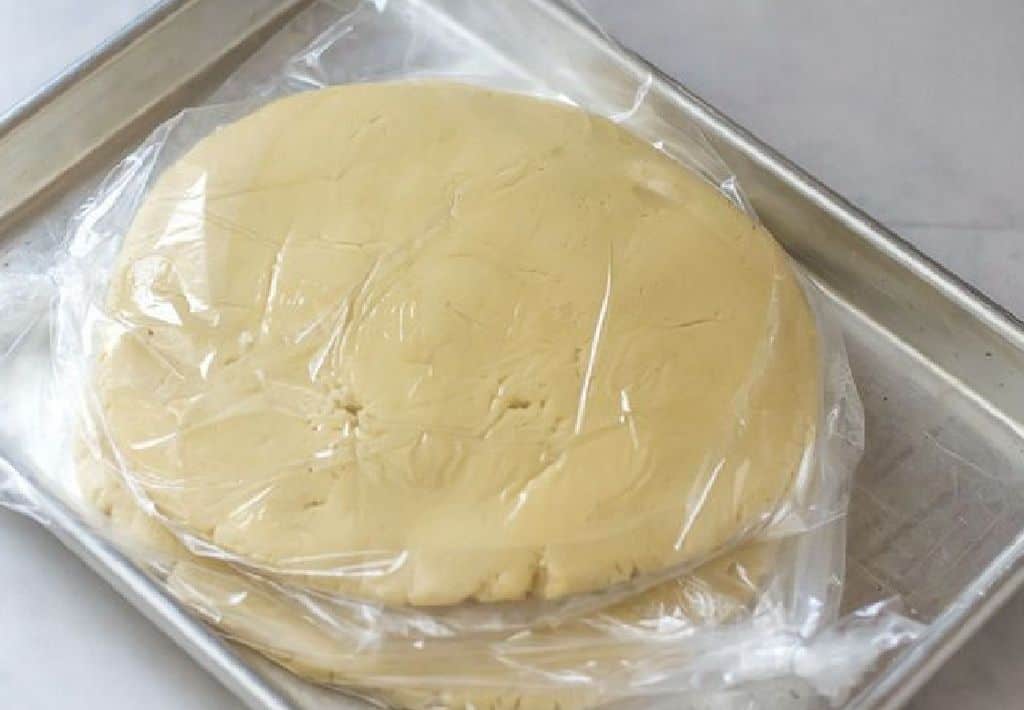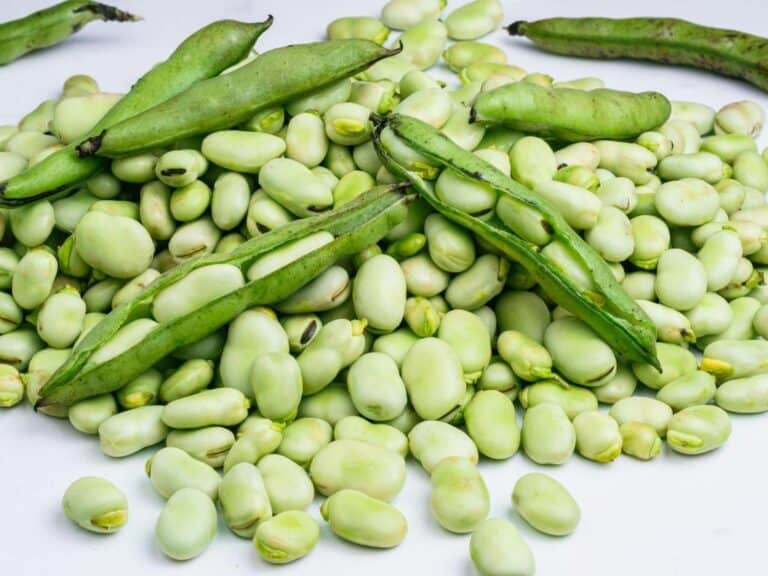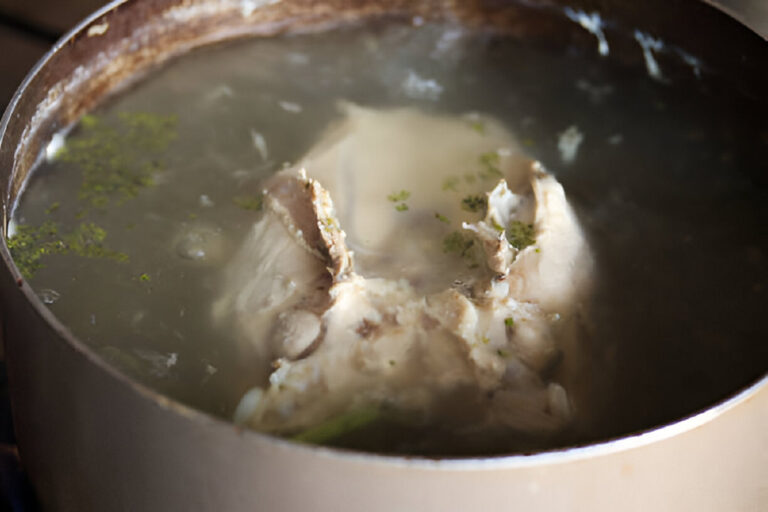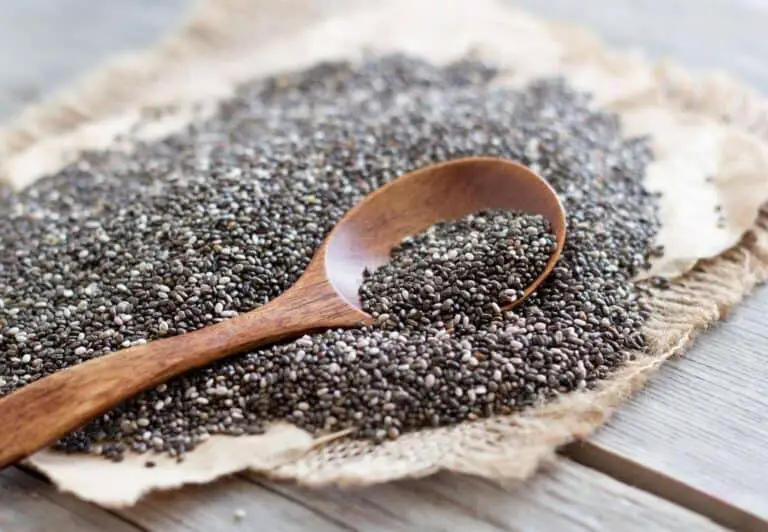Should I Cover or Wrap Cookie Dough When Chilling? Which Method Is Best?

Are you an avid baker who loves to whip up a batch of fresh cookies whenever you have a craving? If so, you likely know that chilling cookie dough is a crucial step in achieving that perfect texture and flavor.
It allows the flavors to meld together, prevents your cookies from spreading too much, and ensures they have that perfect texture. By covering or wrapping your cookie dough, you can make a big difference in the end result. Some bakers swear by wrapping their cookie dough in plastic wrap, while others prefer covering it with a towel or aluminum foil.
In this article, we’ll explore the pros and cons of covering versus wrapping cookie dough and provide tips on how to do it correctly. So, whether you’re a seasoned pro or a beginner baker, get ready to take your cookie game to the next level with our guide on how to cover or wrap your cookie dough when chilling!
Why Cover or Wrap Cookie Dough?
Covering or wrapping your cookie dough before chilling is an important step that helps preserve the texture and flavor of your dough. Leaving your dough uncovered can cause it to dry out, leading to unwanted changes in texture and taste.
Moreover, leaving the dough uncovered can also cause it to absorb other odors and flavors from the surrounding environment, which can negatively impact the taste of your cookies.
Covering or wrapping your cookie dough also prevents it from getting too hard or too soft during the chilling process. This is because covering the dough traps the moisture inside, preventing it from evaporating too quickly. If the dough dries out too much during the chilling process, it can become hard and difficult to work with. On the other hand, if the dough is left uncovered, it can absorb too much moisture from the air and become too soft, making it challenging to handle.
In addition, covering or wrapping your cookie dough can also help prevent freezer burn. Freezer burn occurs when the moisture in the food evaporates, leaving behind dry and brittle patches. By wrapping the dough tightly in plastic wrap or aluminum foil, you can help prevent moisture loss and freezer burn, ensuring that your dough stays fresh and delicious.
Pros and Cons of Covering Cookie Dough
Covering your cookie dough refers to placing a lid or cover on top of your container. Here are the pros and cons of this method:
Pros:
- Easy and convenient: Covering your cookie dough with a lid or cover is the easiest and most convenient way to keep it fresh in the fridge or freezer.
- Reusable: If you use a container with a lid, you can reuse it for future batches of cookie dough.
- Air-tight seal: A lid or cover provides an air-tight seal, which helps to prevent your dough from drying out.
Cons:
- Limited space: If you have limited space in your fridge or freezer, containers with lids or covers can take up a lot of space.
- Limited flexibility: If you need to add more cookie dough to the container, it can be difficult to do so without removing the lid or cover.
- Condensation: If you’re not careful, condensation can build up inside the container, which can make your dough wet and sticky.
Pros and Cons of Wrapping Cookie Dough
Wrapping your cookie dough involves covering it with plastic wrap or aluminum foil. Here are the pros and cons of this method:
Pros:
- Flexible: Wrapping your cookie dough is a flexible option that allows you to adjust the size and shape of your dough as needed.
- Space-saving: Wrapped cookie dough takes up less space in your fridge or freezer compared to containers with lids or covers.
- Less condensation: If you wrap your dough tightly, there will be less chance of condensation building up and making your dough wet.
Cons:
- Waste: Wrapping your cookie dough with plastic wrap or aluminum foil can be wasteful, especially if you do it frequently.
- Not reusable: Unlike containers with lids, plastic wrap and aluminum foil cannot be reused.
- Tears easily: Plastic wrap and aluminum foil can tear easily, which can make it difficult to keep your cookie dough fresh.
Which Method is Best?
So, should you cover or wrap your cookie dough when chilling? The answer is… it depends! Both methods have their pros and cons, so it really comes down to personal preference and what works best for you.
If you have limited space in your fridge or freezer, wrapping your cookie dough may be the better option. It’s also a good choice if you need to adjust the size or shape of your dough. However, if you’re looking for a more convenient option, covering your cookie dough with a lid or cover may be the way to go.
Ultimately, the most important thing is to ensure that your cookie dough is well-covered or wrapped to prevent it from drying out or absorbing unwanted flavors or odors. So whichever method you choose, make sure it’s air-tight and secure.
Tips for Cover or Wrap Cookie Dough When Chilling
When it comes to chilling cookie dough, the way you cover or wrap it can make a big difference in the final result. Here are some tips to keep in mind when deciding how to cover or wrap your cookie dough for chilling:
- Use plastic wrap or an airtight container for long-term chilling: If you plan to chill your cookie dough for more than a few hours, it’s best to wrap it tightly in plastic wrap or store it in an airtight container. This will help prevent the dough from drying out and developing a hard surface, which can make it difficult to work with.
- Use parchment paper or a lid for short-term chilling: If you only plan to chill your cookie dough for a few hours, covering it with a lid or a piece of parchment paper may be sufficient. This will help prevent the dough from drying out, but won’t create an airtight seal that can cause condensation to form on the surface of the dough.
- Use a double layer of plastic wrap for butter-rich doughs: If you’re working with a dough that contains a lot of butter, such as shortbread or pie crust dough, it’s best to wrap it tightly in a double layer of plastic wrap. This will help prevent the dough from absorbing any odors or flavors from other foods in the fridge, as well as keep the butter from leaking out and making the dough greasy.
- Use a parchment paper sling for sticky doughs: If you’re working with a dough that is very sticky, such as a peanut butter cookie dough, it may be helpful to create a parchment paper sling. Simply place the dough on a piece of parchment paper, fold the edges up around the dough to create a “sling,” and then chill the dough as usual. This will help prevent the dough from sticking to the container or wrap, and make it easier to transfer the dough to a baking sheet when you’re ready to bake.
- Label and date your dough: Whether you’re using plastic wrap or an airtight container to store your cookie dough, it’s important to label and date it. This will help you keep track of how long the dough has been in the fridge or freezer, and ensure that you’re using cookie dough before it goes bad.
By following these tips, you can help ensure that your cookie dough comes out perfectly every time, whether you’re chilling it in the fridge or the freezer. Remember, the way you cover or wrap your dough can make a big difference in the final result, so take the time to do it right!
Conclusion
In conclusion, whether to cover or wrap your cookie dough when chilling depends on a variety of factors. While there is no one-size-fits-all answer, considering the type of dough you’re working with, how long you plan to chill it, and personal preference can help you determine the best method for your specific situation. By taking these factors into account, you can help ensure that your cookie dough comes out perfectly every time.






